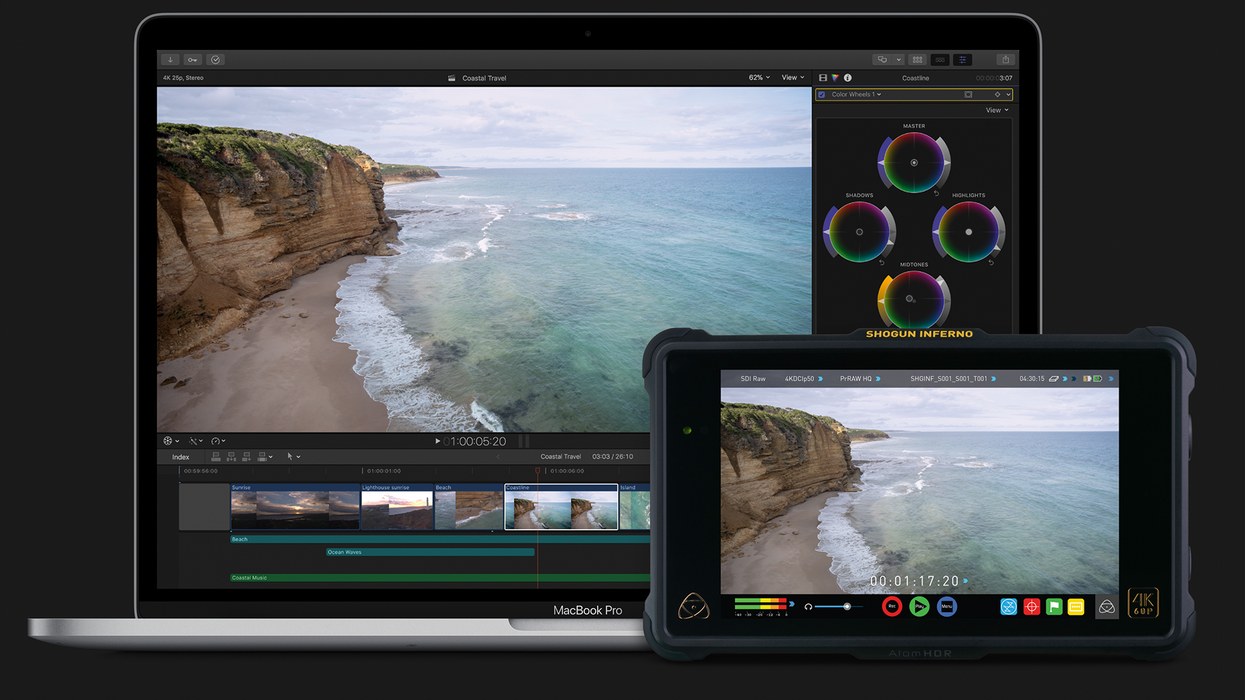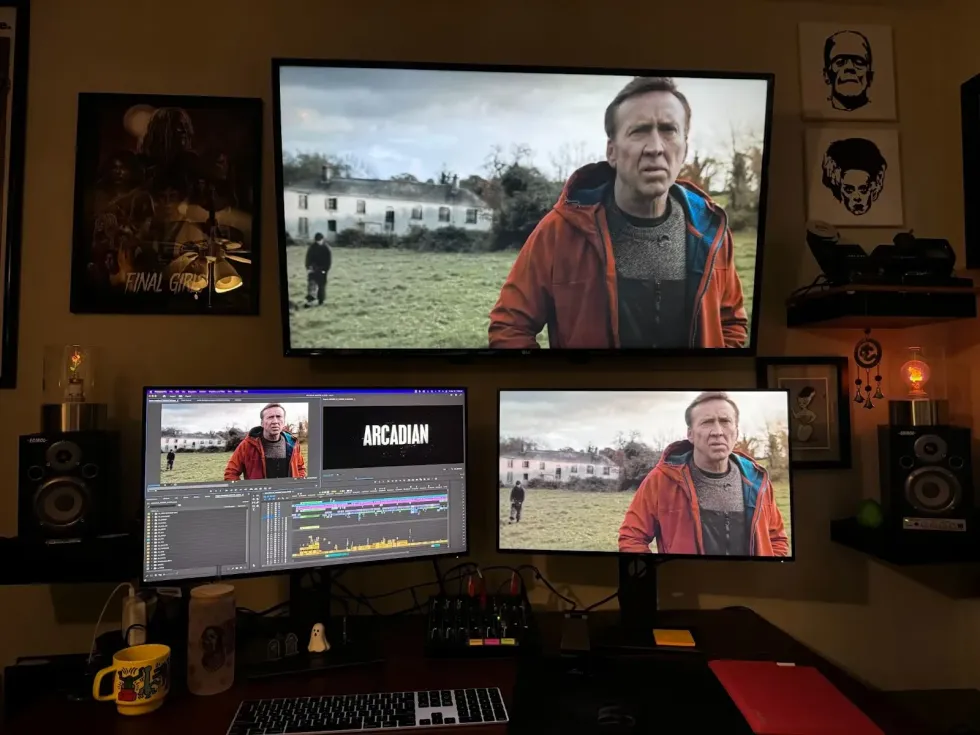Apple Adds Another RAW Standard with ProRes RAW in FCPX 10.4.1
Apple releases a new RAW flavor of the popular ProRes codec to simplify post workflows on RAW productions.

ProRes has made life much simpler for many filmmakers. Instead of trying to make an edit system that works with every single popular codec, Apple promoted ProRes as the one codec to rule them all, the format to transcode your source camera footage to, edit in, and even deliver in. Accepted or even requested by many networks for final delivery, and increasingly supported by many cameras as a capture format, ProRes is pretty great.
It has two major flaws: you can't write it on a Windows machine (except for the wonder that is Assimilate Scratch), and of course, you don't have RAW functionality, meaning you can't tweak items like color balance and ISO in post the way you can with ArriRaw and RED .r3d raw. With the new release of Final Cut Pro, 10.4.1, announced today and shipping April 9th, that challenge is gone, as we now have ProRes RAW.

RAW capture takes the signal directly from the sensor (generally a bayer sensor), and compresses it without the normal image signal processing that most cameras "bake" into the footage. This allows for settings that are normally locked at the camera stage, like ISO and Color Temperature, to instead be manipulated in post-production, taking advantage of the raw sensor data and re-processing it. The files can be relatively small, but then are tremendously process intensive because all the processing generally done in-camera to create a traditional video image is now done in post-production. However, the image quality benefits are frequently worth it depending on the goals and timetable of the project.

Apple claims that one of the key features of ProRes RAW will be speed. RAW renders are notoriously slow—we often leave RED RAW rendering overnight to not have to deal with it—and Apple is promoting that ProRes RAW will render 6.3 times faster than an .r3d. This could be a tremendous workflow savings on set and in the early stages of post.
While transcoding from one format to another is generally a process of going from RAW to a normal video format, this new release makes us wonder if there will be some future functionality built to transcode from .r3d, CinemaDNG or ArriRaw to ProRes RAW. That might be too much to hope for, but it would be interesting and could potentially help ProRes RAW achieve a position as the dominant universal format. The RAW format will also have smaller file size than the previously standard ProRes 4444 (which the kids like to call "quattro").

So far, the only officially supported system we know about is the DJI Zenmuse X7 camera, which will capture natively to ProRes RAW starting in May. For the format to truly take off (and replace CinemaDNG, the current top contender for "platform independent" raw format), it's going to need support from Blackmagic Resolve and Adobe Premiere at minimum, not just FCPX. While users are starting to warm to X, it's just not the player that Avid and Premiere are, and Avid has its own DNx codecs to support so Premiere will really be the necessary NLE and Resolve the necessary color platform to really embrace it to make it a contender.
Atomos has already announced that the Sumo 19 and the Shogun Inferno will offer ProRes Raw support, which is particularly exciting in terms of pairing the Shogun Inferno with a camera like the EVA1, and Panasonic has also announced that the EVA1 and Varicam LT will work with the format.
Also in this update for FCPX are internal closed captioning tools. This might not be exciting for some, but it's one of the last deliverable areas where it is still common to outsource to a special vendor, and bringing a robust CC toolset inside X will help push that platform even further into being a viable contender.
While the news that the new Mac Pro won't be arriving until 2019 might disappoint some pros, hopefully this is exciting enough for video professionals to at least begin to feel like Apple is paying attention to them. Check out the White Paper for more detail.













